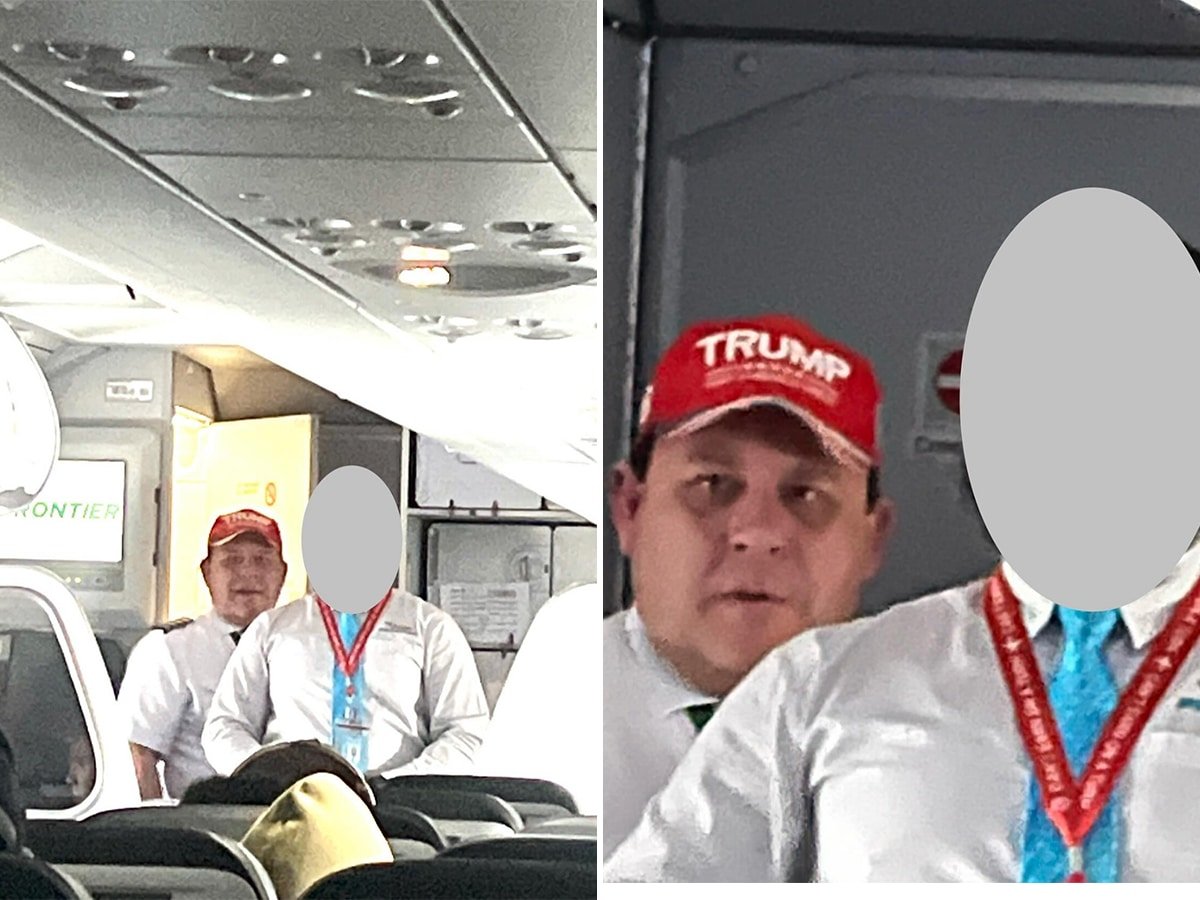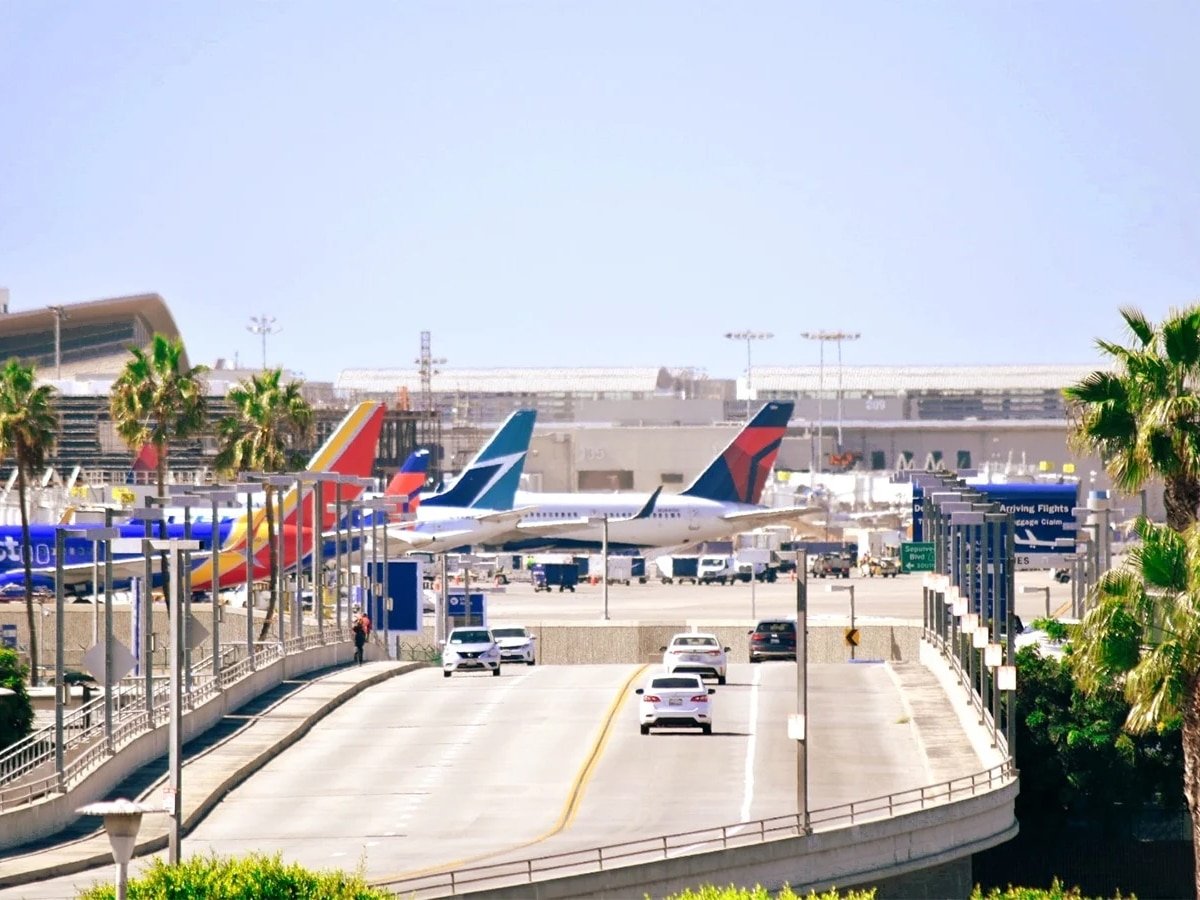Nine days ago, while flying from Philadelphia to Los Angeles in a plush widebody 787 plane, my 8-year-old son asked me where the poop goes from the plane’s toilets. As we were whizzing through the air at 650 miles per hour, 35,000 feet up, I jokingly said, “When you press flush, it gets released into the sky … that’s why it’s so loud when you flush.” His look of horror said it all and then he quipped, “I sure don’t want it to fall on me or anyone else.”
It’s a good question – especially for a little kid. I told him that when airplanes land, a truck pulls up and attaches a hose to the tank where it’s stored, then pumps it into the truck’s tank and then they dispose of it.
View this post on Instagram
I was just reminded of our cute conversation when I saw this soon-to-be viral video (embedded above) of an Ethiopian Airlines 787 leaking the tank onto the tarmac. It’s not clear which airport this took place at but it’s definitely in the U.S. since there’s a Frontier Airlines plane behind it. Ethiopian Airlines flies to Chicago, Washington DC, Newark and New York (JFK) and I’m guessing it’s EWR.
I feel bad for the person working the ramp and whoever has to clean it up. Here are the most popular comments so far (it’s early since it just happened).
@aeroplane_jellie: Oh my gosh! I guess 787 couldn’t hold it in anymore! If you gotta go, you gotta go! 💩
@Flightattendantbarbie: Omg how did this happen 😩
@a.lyckeskog: I love the guy, just standing there and watch 🙈😅
@Istolethetv: My body would never allow me to do that on a plane.
Removing waste from airplane lavatories is something most of us don’t even think about but it really is an interesting question. Acocrding to ChatGPT, this is how it works:
“Airplanes use a specialized system to remove and store waste from the lavatories, and it’s quite different from the typical plumbing system you’d find at home. Here’s how the process works:
- Vacuum toilets: Most modern commercial airplanes, especially those with long-haul flights, use vacuum toilets. These toilets use suction rather than gravity to remove waste. When the waste is flushed, a vacuum pump creates a strong suction force that pulls the waste into a storage tank.
- Waste storage: The waste is stored in sealed, leak-proof tanks located in the belly of the plane. These tanks are typically made of durable materials and are designed to hold the waste securely during the flight.
- Cleaning after landing: After the plane lands, ground crew members (often at airports) connect special equipment to the aircraft’s waste system. This equipment is similar to a large vacuum system, and it extracts the contents of the waste tanks. The waste is then disposed of in an appropriate waste disposal system at the airport.
- Regular maintenance: The waste tanks and the vacuum system are regularly maintained to ensure they function properly and are hygienic. The entire process is carefully managed to avoid any leaks or issues during the flight.
This system is designed to be highly efficient and sanitary, ensuring that the waste is removed and stored safely during the flight and disposed of properly after landing.”
KEEP READING:
–12 passport tips that will save you time, money and headaches
–The most important thing I do when I travel internationally is …
–Rick Steves got pickpocketed in Paris: Here’s what he wants you to know
–The most important thing for travelers to do according to a safety expert
–What you need to know about renewing or getting an emergency passport in the U.S.
Want more travel news, tips and deals? Sign up to Johnny Jet’s free newsletter and check out these popular posts: The Travel Gadget Flight Attendants Never Leave Home Without and 12 Ways to Save Money on Baggage Fees. Follow Johnny Jet on MSN, Facebook, Instagram, Pinterest, and YouTube for all of my travel posts.



